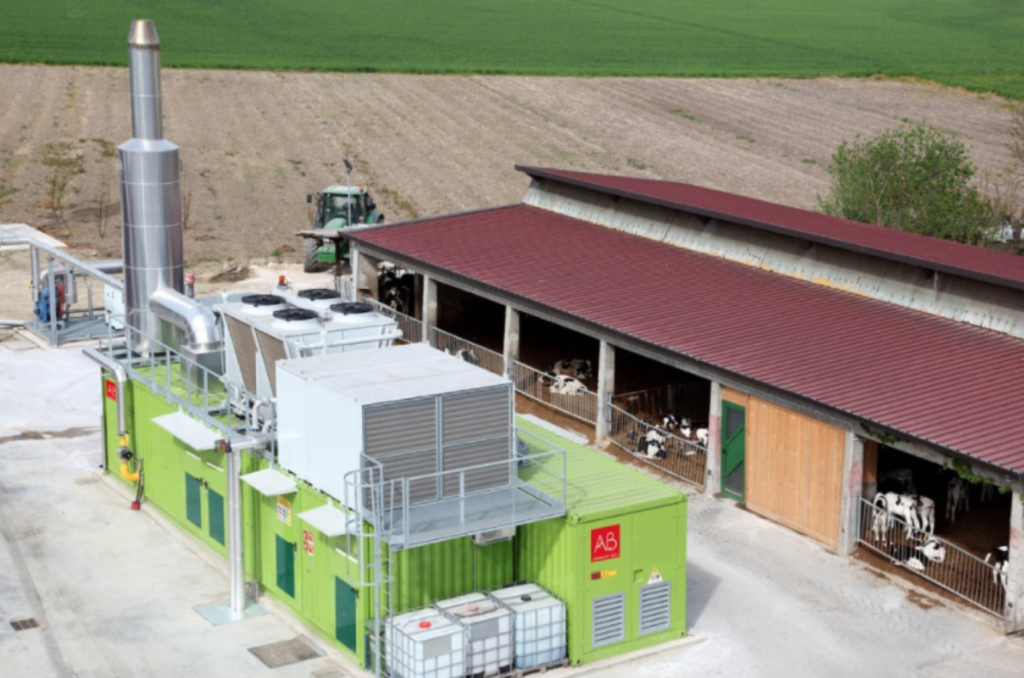Fresh drinking water makes just 2.5% of water on our planet. Bearing in mind that much of this water is inaccessible because of being submerged underground or trapped in polar ice, despite new search and delivery methods, only about 1% of water remains available for use. With the increasing population, water quality is becoming a bigger issue each day, as it is becoming harder to maintain the water’s high quality, keeping it clean and without any contamination.
At the same time, experts and researchers are trying to provide alternatives for water sustainability derived from industrial wastes. One of the major concerns in this process is a byproduct known as red mud that is made during the extraction of alumina from bauxite in the Bayer process. Some experts believe that even though this byproduct causes more and more issues, in it might lay a solution to some water treatment processes.
A reduced, productive technique for reusing IFR fuel is being created. This technique, known as the pyro processing technology benefits from the utilization of metal fuel in the IFR and gives a partition of actinide components from splitting items by methods of an electrorefining step. The procedure of electrorefining depends on surely new electrochemical ideas, the uses of which are portrayed in this section. With just the expansion of head-end preparing steps, pyroprocess can be connected with progress to fuel components other than metal.
Red mud, alternatively known as bauxite residue, has been a major issue in the aluminium industry. As aluminum is produced to meet the needs of an increasing consumerist population, the number of byproducts that emerge are equally high, causing an increase in waste management costs as well as environmental risks. With the increasing amount of red mud being present and easily accessible, researchers have turned their attention to repurposing this component.
The importance of developing new ways to provide the Earth with clean water has never been higher. The growing population has caused turmoil and pressure for producing water that can be used in industrial processes as well as agriculture. But all of these processes are focused on developing and being used for human consumption, and need to be in compliance with the basic health quality standards.
In the pyroprocessing technology, the bauxite residue is made out of large oxides of iron, aluminium and titanium. When being combined with its texture, it results in producing a high surface reactivity, making it a critical element for efficient absorbency in any setting. This compound has shown efficient absorbency traits for an array of compounds, such as heavy metals, phosphates and several others.
Treatment serves to “initiate” the red mud, enhancing its attributes as an adsorbent.
Accordingly, red mud is frequently alluded to as actuated red mud upon treatment. Preceding treatment, red mud normally experiences a pre-treatment step, which may include washing, drying, smashing, pounding, and separating.
Different strategies have been analyzed for the treatment of red mud for use as an adsorbent, with balance once in a while going before treatment. Maybe the two most basic methodologies are corrosive treatment and warmth treatment, or a blend of the two.
Testing offices, for example, the FEECO Innovation Center, which offers cluster and pilot-scale testing for the warm treatment of red mud, have become high in demand. There is an immense push to locate a superior answer for red mud, and makers are searching for offices that can reproduce the whole pyroprocessing technology and give broad information accumulation. Individuals are energized when they hear that organisations can offer the testing abilities they’re searching for. These tests are actualising warm treatment of red mud for its utilisation as an adsorbent, in metal recuperation applications, etc, and the sky is the limit from there.
The substantial scale preparation of red mud can be made by hydrometallurgical and pyrometallurgical techniques. Known hydrometallurgical techniques for handling of red mud are very wasteful, perplexing in execution, and definitely prompt the arrangement of optional dangers.
Red mud keeps on being an industrial challenge and a natural hazard. Combined with the expanding requirement for higher quality water, a developing assortment of research around the utilisation of red mud as an adsorbent for water treatment will be an undertaking that will be a noteworthy ecological win.
The capacity to reuse red mud in endeavours to battle polluted water would be particularly significant in districts that battle with water sullying and are hosts to a considerable bauxite and alumina industry, giving a helpful outlet to the huge measures of waste they should oversee.

